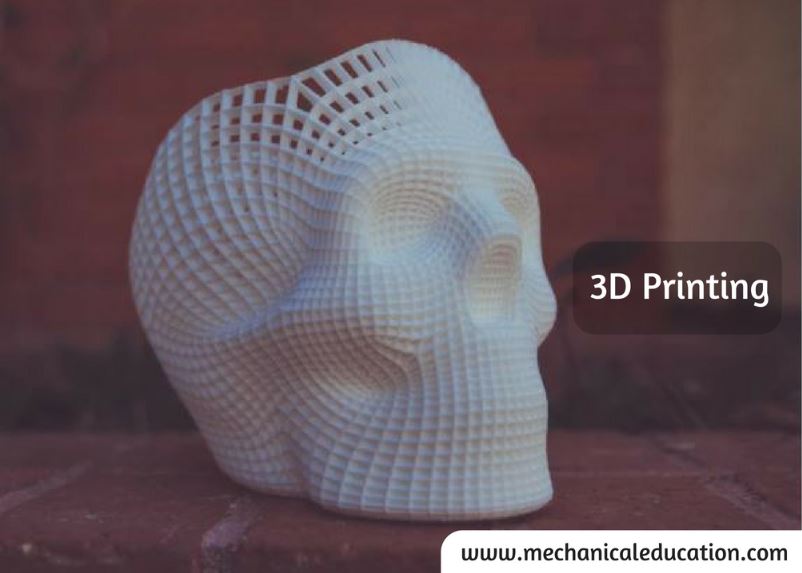Identifying a flood-damaged car can be crucial when buying a used car to avoid costly repairs and safety hazards. Here are some key points to look for when identifying a flood-damaged car:
- Check the Car’s History: Before purchasing a used car, it’s important to check the car’s history using its vehicle identification number (VIN). This will reveal if the car has been in any accidents or experienced any flood damage.
- Look for Signs of Water Damage: Check for any signs of water damage, such as a musty smell or water stains on the seats, floor mats, or upholstery. Lift the carpet in the trunk and check the spare tire compartment for any signs of rust or water damage.
- Inspect the Electrical Components: Check the car’s electrical components, such as the radio, air conditioning, and power windows, to ensure they are working properly. Flood damage can cause electrical shorts and corrosion, leading to malfunctioning components.
- Check the Engine Oil: Check the engine oil for any signs of water contamination, such as a milky or foamy appearance. This could indicate water damage to the engine.
- Look for Rust: Look for any signs of rust or corrosion on the car’s exterior and undercarriage. Flood water can cause rust and corrosion to develop quickly.
- Get a Professional Inspection: If you are still unsure about a car’s condition, consider getting a professional inspection from a mechanic who can perform a thorough inspection of the car.
Table:
| Point | Description |
| 1 | Check the car’s history using its vehicle identification number (VIN) |
| 2 | Look for signs of water damage, such as a musty smell or water stains |
| 3 | Check the car’s electrical components to ensure they are working properly |
| 4 | Check the engine oil for signs of water contamination |
| 5 | Look for rust or corrosion on the car’s exterior and undercarriage |
| 6 | Consider getting a professional inspection from a mechanic |
Frequently Asked Questions
1.How can I identify if a car has been flood-damaged?
Look for signs such as a musty odor, water stains, or visible water lines in the interior. Additionally, check for rust, mud, or debris in unusual places like the trunk and engine compartment.
2.Are there specific areas of a flood-damaged car that are more prone to issues?
Yes, areas such as the engine, transmission, brakes, and electrical systems are commonly affected. Pay attention to these components during inspection.
3.Can a vehicle history report reveal if a car has been in a flood?
Yes, vehicle history reports often include flood damage information. However, it’s still crucial to conduct a physical inspection, as some incidents may go unreported.
4.What should I check under the hood to assess flood damage?
Inspect the engine for signs of water, mud, or rust. Pay close attention to electrical components, as water damage can lead to long-term issues with the vehicle’s functionality.
5.Are there specific electronic features that are commonly affected by flood damage?
Yes, electronic components such as the engine control module, airbag sensors, and entertainment systems are vulnerable. Ensure they are functioning properly during a thorough inspection.
6.Can a professional mechanic help in identifying flood damage?
Absolutely. A skilled mechanic can conduct a comprehensive inspection, including checking for hidden signs of flood damage and assessing the overall condition of the vehicle.
7.How long does it take for flood damage to become apparent in a car?
While some signs may be immediate, others might take weeks or even months to surface. Regular inspections and maintenance can help detect issues early on.
8.Can flood damage be repaired, and is it worth it?
Repairing flood damage can be costly, and in some cases, the long-term effects may persist. It’s essential to weigh the repair costs against the value of the vehicle before deciding.
9.Are there specific documents or paperwork that may indicate flood damage?
Titles branded as “salvage” or “flood-damaged” are clear indicators. However, be cautious, as some sellers may attempt to falsify documents. Always verify information independently.
10.What precautions should I take when buying a used car to avoid flood-damaged vehicles?
Obtain a comprehensive vehicle history report, have the car inspected by a trusted mechanic, and be wary of deals that seem too good to be true. Research the car’s history and the seller thoroughly before making a purchase.




